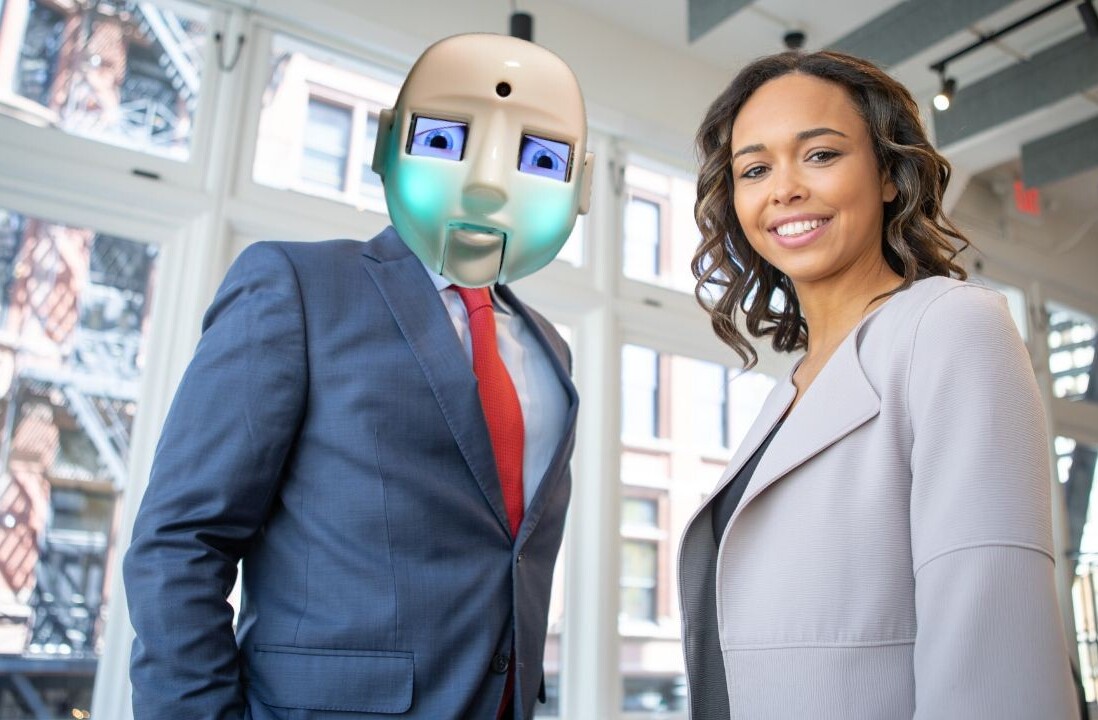Boris is the wise ol’ CEO of TNW who writes a weekly column on everything about being an entrepreneur — from managing stress to embracing awkwardness. You can also get his musings straight to your inbox by signing up for his newsletter!
I’ve mentioned it before, but I’ve been using an iPad Pro as my daily work machine since November. I also own a MacBook Pro, but I keep it at home and only use it once a week or so when I’m really stuck. I feel like I’m out here living in the future, alone. I think tablets definitely have a place as people’s daily workhorses, but if that’s going to become a reality, workflows need to change.
If more text data is turned into objects, we can make the tablet life a reality. Let me explain…
Like any business, we at TNW have a bunch of weekly meetings, and years ago, the notes for them were kept in locally stored documents. When we moved to those newfangled shared file servers, things got a bit better. Then we moved those notes to a shared Google Doc. We could all access these documents everywhere, at anytime, and we all loved it. But we were still just interacting with text. We wrote our “to do” tasks as lines of text behind a bullet point, which we then moved around by copy pasting. The status of that “to do” task was changed by adding words to the end of the line and changing the bullet point.
Then I moved to a tablet, all of a sudden our way of working didn’t feel so efficient anymore. Enter Trello.
Trello is a service that turns data into objects. Those objects can change status and be moved far easier with a finger than with a keyboard. Check it out if you haven’t. We now keep all our meeting notes in Trello. Changing a “to do” status, or adding data to it, is as simple as dragging and dropping objects on a screen. Adding text is now just a small part of the interaction. With data arranged as objects instead of text, a tablet becomes a better way to interact with our workflow.
Because computers with keyboards were optimized for handling text, most of us focused on turning every task into something that would work like text in a document. It reminds me of the old saying ‘when you have a new hammer, everything looks like a nail.’
Another great example of objects and textual data working together for the better, is how Mail and Calendar work together. On iOS and MacOS (and I assume it will work just as great on Windows and Android) you can drag an email to your calendar, and it will create a new calendar entry with a link back to the email. Instead of copy-pasting data from one app to another, I simply drag an item and the OS handles the rest.
Tablets still need more optimization if they’re going to help us realize this future. Sure, we’ll keep writing as I’m doing now, but data will need to be turned into moveable and reactive objects that are finger-friendly more often. We have to reorient our vision to think about data as objects, instead of mainly text. Shift our focus from handling numbers to controlling dashboards. Dates will become timelines, and values will become charts. Then we can all go live in the future.
Can’t get enough of Boris? Check out his older stories here, or sign up for TNW’s newsletters below:
Get the TNW newsletter
Get the most important tech news in your inbox each week.





